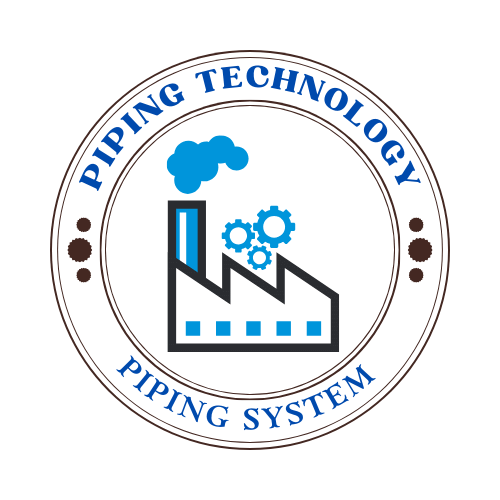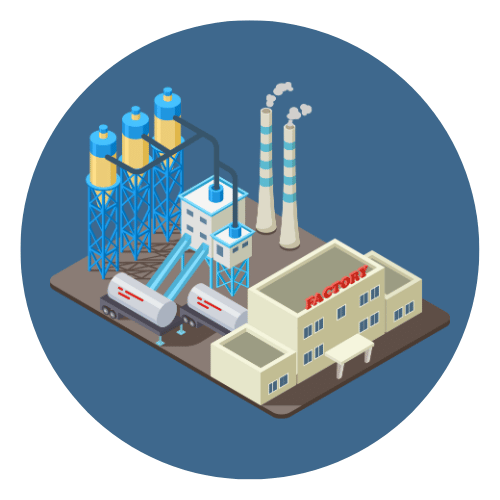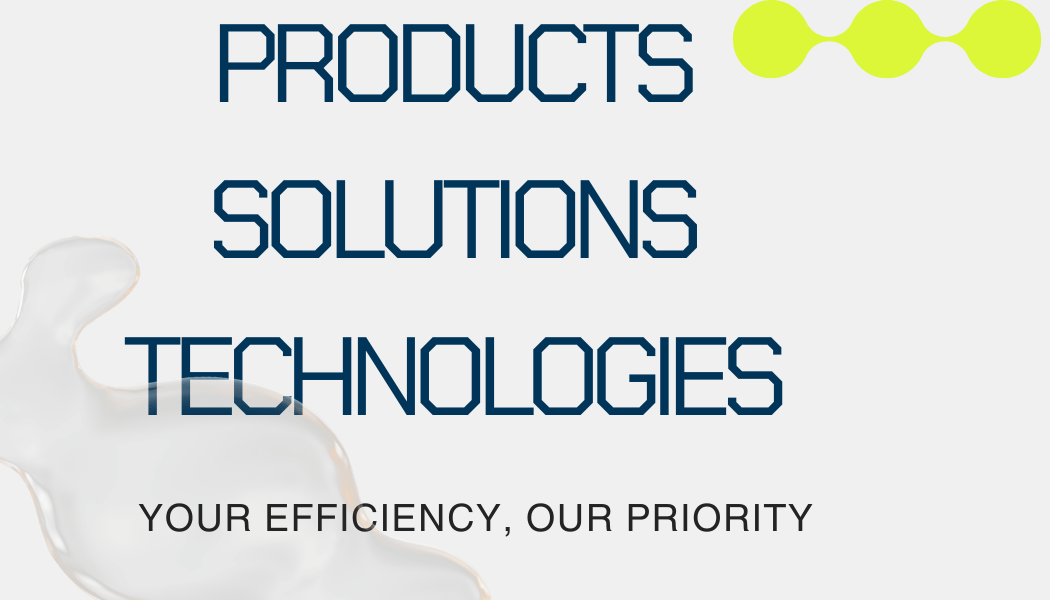III. Common Types of Pipes That Require Cleaning

Before diving into specific techniques on how to clean a pipe, it’s essential to recognize that different pipe materials and applications require different cleaning approaches. Each type of pipe has its own characteristics—some may be prone to corrosion, others to buildup or biological growth—so knowing your pipe type helps determine the best cleaning method.
1. Residential Plumbing Pipes
Residential plumbing systems commonly use materials such as PVC, copper, PEX, or galvanized steel. These pipes carry water and waste in and out of homes and are prone to:
-
Hair, soap, and grease buildup (especially in kitchen and bathroom drains)
-
Hard water scale in copper and metal pipes
-
Organic residue and odors in less-used drains
For these types, learning how to clean a pipe safely without damaging joints or connections is critical. Common methods include manual snaking, baking soda and vinegar solutions, and light-pressure water flushing.
2. Drainage and Sewer Pipes
Larger drainage systems, both in homes and in municipal lines, are highly susceptible to clogs due to accumulated debris, grease, and even tree root intrusions. These pipes may be:
-
Cast iron
-
Concrete
-
HDPE or ABS plastic
For these, high-pressure water jetting or mechanical augers are often used. Understanding how to clean a pipe in a drainage system involves both cleaning and inspecting for long-term integrity.
3. Industrial Process Pipes
In factories, refineries, and chemical plants, pipes may carry liquids, gases, or slurries. These systems use pipes made from:
-
Stainless steel
-
Carbon steel
-
Glass-lined steel
-
Teflon-lined piping
Such pipes often handle corrosive chemicals, hot steam, or high-pressure fluids. Specialized techniques like pigging, ultrasonic cleaning, and chemical flushing are employed. Knowing how to clean a pipe in these contexts means balancing effectiveness with material compatibility and regulatory compliance.
4. Gas and Fuel Pipes
Natural gas, propane, or fuel oil pipes are typically made from carbon steel, black iron, or flexible copper tubing. Cleaning these lines may involve removing corrosion, moisture, or debris that compromises pressure or combustion efficiency.
Learning how to clean a pipe carrying gas involves a strict adherence to safety protocols, depressurization steps, and sometimes nitrogen purging.
5. Food and Beverage Grade Pipes
Hygienic pipes used in breweries, dairies, and food production facilities are typically:
Cleaning-in-Place (CIP) or steam sterilization is common. Understanding how to clean a pipe in a food-grade system means using non-toxic, FDA-approved cleaning agents and following SOPs (standard operating procedures).
6. Pharmaceutical and Laboratory Pipes
Pipes in cleanrooms and pharmaceutical production must remain free of bacteria, chemicals, and particles. These pipes are often:
Here, how to clean a pipe often means sterile procedures using ultrapure water, validated cleaning cycles, and microbial testing afterward.



 Automation System
Automation System  Energy Engineeing
Energy Engineeing  Instrumentation System
Instrumentation System  Mechanical Engineeing
Mechanical Engineeing  Piping Technologies
Piping Technologies  Transportations
Transportations  Manufacturing
Manufacturing  Training Material
Training Material 













